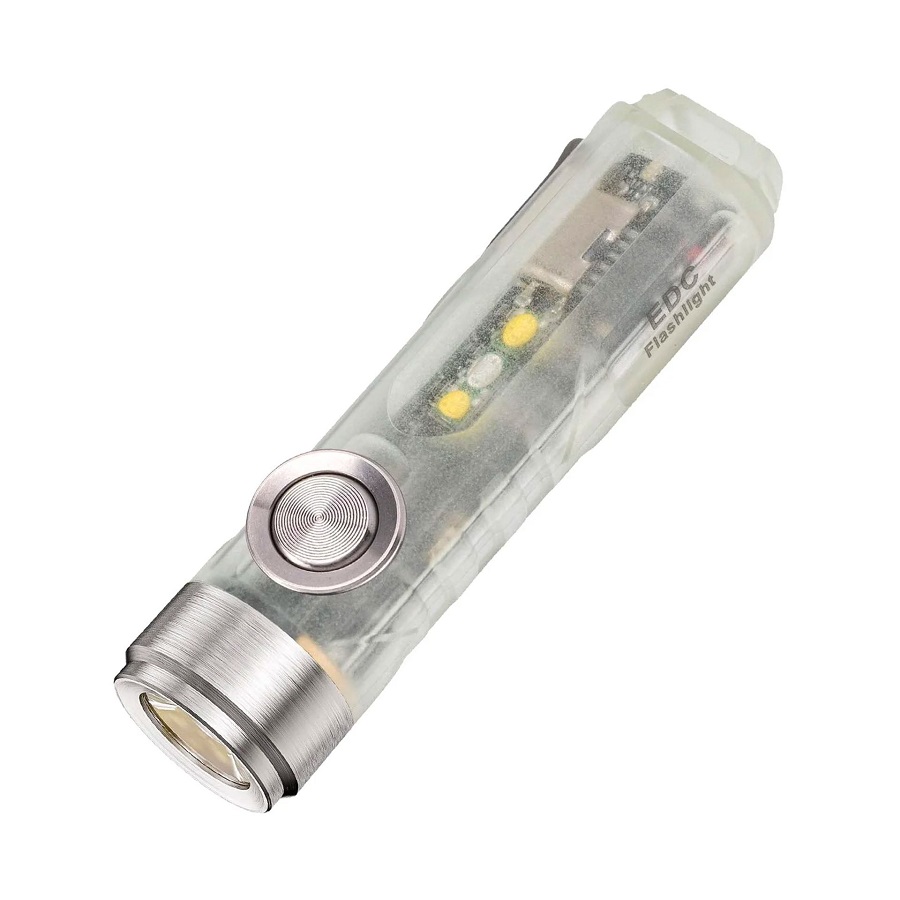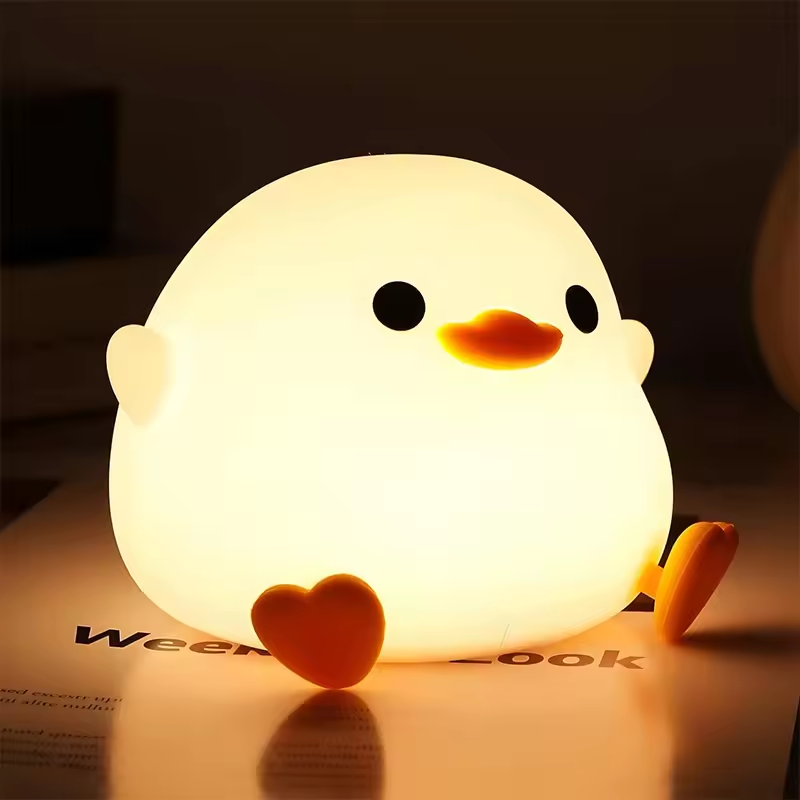Introduction
From the simple flicker of a candle to the brilliance of LED technology, the flashlight has undergone a remarkable transformation over the centuries. Once a tool of necessity, it has evolved into an essential gadget for various professions, outdoor enthusiasts, and households worldwide. This exploration of flashlight technology delves into its historical milestones, technological advancements, and the future of illumination.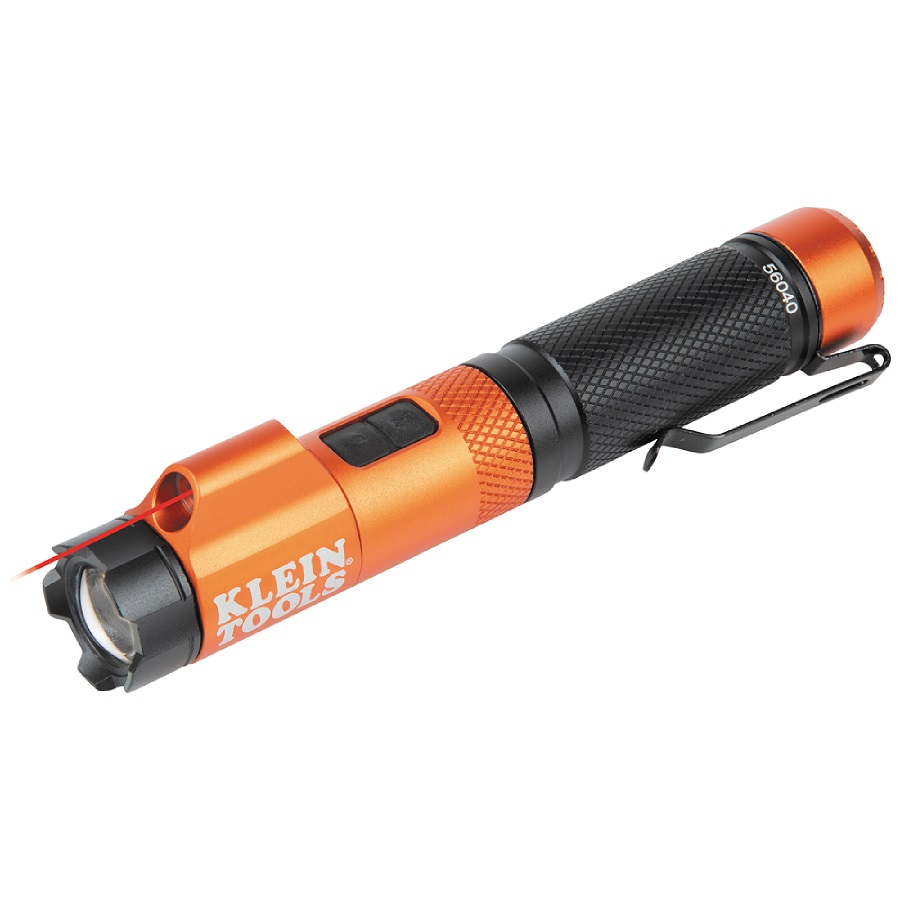
The Beginnings: Candle and Oil Lanterns
The journey of artificial light can be traced back thousands of years. Ancient civilizations relied on sources like candles made from animal fat or wax and oil lamps using vegetable oils. These early forms of illumination provided a way to navigate the darkness but were cumbersome, hazardous, and limited in their brightness and duration.
The Age of Electric Light
The late 19th century heralded a new era with the advent of electricity. Thomas Edison’s invention of the incandescent light bulb in 1879 revolutionized lighting. By the start of the 20th century, electric-powered devices began to emerge, and the flashlight was born out of necessity.
The Invention of the Flashlight
The first practical flashlight was invented by David Misell, a British inventor, in 1899. It was a rudimentary device that utilized a metal cylinder, a carbon rod, and a bulb, powered by a series of batteries. This early flashlight was not without its challenges: it often flickered, had short battery life, and was relatively dim compared to modern standards. Nevertheless, it marked a significant turn in lighting technology.
The Progression into the 20th Century
1920s – 1930s: Standardization and Improvements
The 1920s saw the introduction of the first portable, battery-powered flashlights. These batteries improved in design and longevity, while the bulbs became more efficient. The 1930s witnessed the mass production of flashlights, which allowed them to become widely accessible to the public. Brands like Eveready and Rayovac began dominating the market, and the flashlight became integrated into everyday life, used for everything from household chores to military operations.
1940s – 1960s: The War Efforts
World War II significantly impacted flashlight design and technology. Military personnel relied heavily on portable light sources in dark and often dangerous environments. The need for durable, reliable, and high-output flashlights led to innovations in materials and technology, including weatherproof designs and reinforced casings.
During this period, the introduction of new battery technologies, such as the D-cell battery, extended the operational life of flashlights. It was also during this time that handheld models became more common, moving away from the heavier, less practical designs of earlier models.
The Advent of Aluminum and Plastic Flashlights
The latter half of the 20th century saw a shift to new materials. Manufacturers began using aluminum and durable plastics to make flashlights lighter, more durable, and resistant to corrosion. Additionally, the development of halogen bulbs provided brighter light with greater efficiency. However, traditional incandescent bulbs were still energy-hungry, and their lifespan was limited.
The Revolution: LED Technology
The Late 20th Century: LED Breakthrough
The most significant advancement in flashlight technology occurred in the late 1990s with the introduction of Light Emitting Diodes (LEDs). Initially, LEDs were not bright enough to be used for practical lighting needs. However, as technology progressed, the brightness and efficiency of LEDs improved dramatically, allowing them to outshine their incandescent counterparts.
The Advantages of LEDs
- Energy Efficiency: LED flashlights consume far less power, dramatically increasing the duration of use on a single battery charge.
- Longevity: LEDs can last for tens of thousands of hours, making replacements rare and reducing waste.
- Durability: With no fragile glass components, LED flashlights are far more shock-resistant, ideal for rugged environments.
- Compact Design: The small size of LEDs allows for sleeker and more ergonomic flashlight designs.
Rise in Popularity
By the 2000s, LED flashlights became mainstream, leading to a boom in the market. Brands began developing specialized models for various activities—tactical flashlights for law enforcement, rechargeable options for home use, and compact keychain lights for everyday carry. The diversification of designs and functionalities made flashlights an indispensable tool for many.
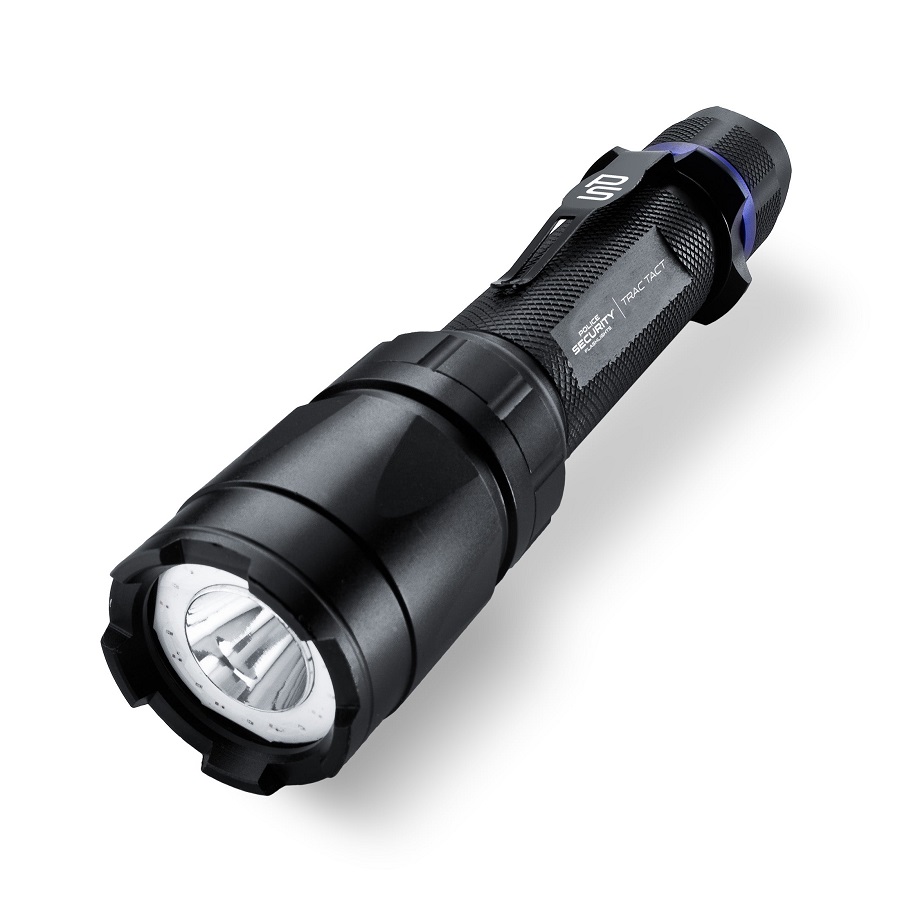
Modern Innovations: Smart Flashlights and Beyond
Smart Technology Integration
The last decade has brought about a new wave of innovation: smart flashlights. These devices integrate Bluetooth connectivity, allowing users to control brightness levels, strobe functions, and even battery status through a smartphone app. Some models even feature built-in sensors to adjust brightness based on ambient light conditions.
Solar-Powered and Rechargeable Options
With an increasing focus on sustainability, many flashlight manufacturers now produce solar-powered and rechargeable models. These devices utilize solar panels or USB charging ports, paving the way for eco-friendly options and minimizing reliance on disposable batteries.
Customization and Special Features
Modern flashlights come equipped with various features, such as adjustable beam focus, multiple lighting modes (including strobe and SOS functions), and even built-in rechargeable batteries with wireless charging capabilities. These advancements cater to diverse user needs, whether for camping, outdoor adventures, or emergency situations.
The Future of Flashlight Technology
As we look into the future, we can anticipate further advancements in flashlight technology. Potential developments may include:
- Enhanced Battery Technologies: Innovations in energy storage, such as solid-state batteries, promise to extend usage times and decrease charging times.
- Advanced Materials: The emergence of stronger, lighter, and more heat-resistant materials can lead to even more durable designs.
- Integration with Other Technologies: Future flashlights could incorporate features such as augmented reality, allowing users to see navigation aids or other information projected onto their environment.
- Bioluminescent Lighting: Exploring bioluminescence as an energy-efficient lighting solution may revolutionize portable lighting.
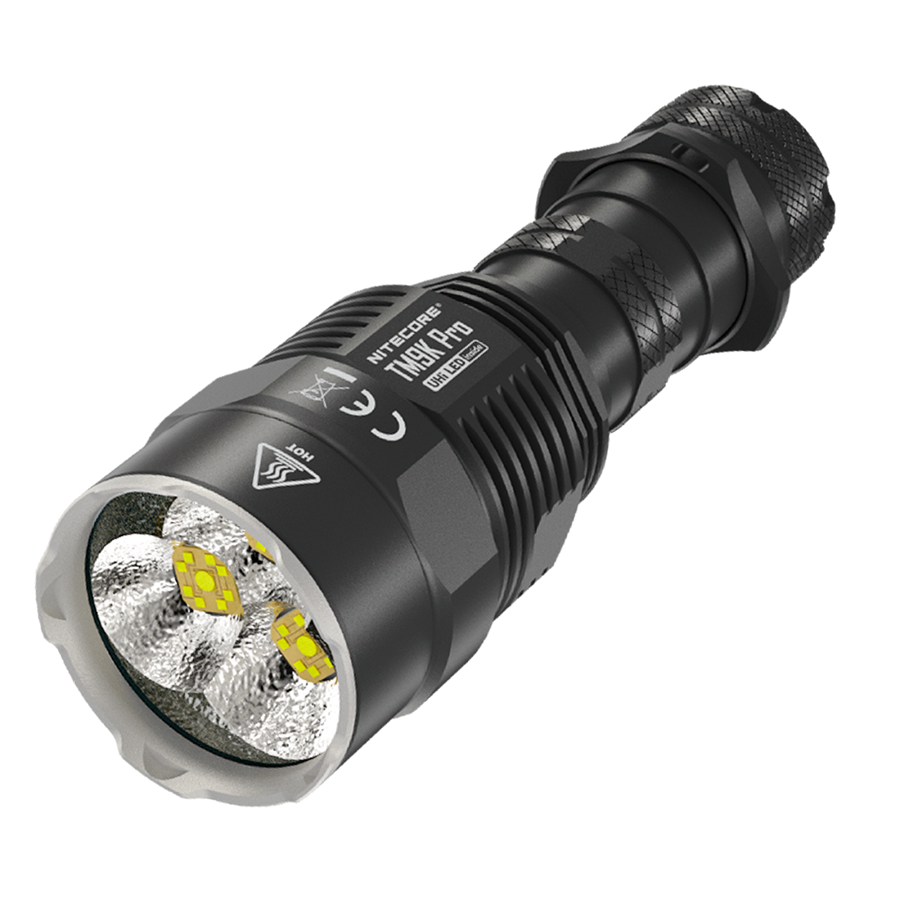
Brightness: Measuring Lumens and Beam Distance
Understanding Lumens
The brightness of a flashlight is typically measured in lumens. This unit indicates the total amount of visible light emitted by the flashlight when it’s turned on. Here’s a rough guide to lumen ranges based on purpose:
- Less than 100 Lumens: Suitable for general household use, such as finding something in a dark room or reading maps.
- 100 to 500 Lumens: Ideal for outdoor activities, such as camping or hiking, where a modest amount of light is needed to explore the surroundings without startling wildlife.
- 500 to 1,000 Lumens: Excellent for emergency situations and professional use, offering substantial light that can illuminate large areas.
- Over 1,000 Lumens: Perfect for search and rescue operations, tactical use, or situations requiring powerful illumination over long distances.
Beam Distance
Beyond lumens, consider beam distance, measured in meters (or feet), which indicates how far the light will reach. A flashlight with a narrow beam will project light a long distance, while a wider beam will provide a larger illuminated area but over a shorter distance. Depending on your needs, you may wish to choose a flashlight that offers adjustable beam settings—often found in models with zoomable heads.
Battery Life: Types of Batteries and Runtime
Battery Types
Flashlights can run on a variety of battery types, impacting their runtime, availability, and recharge options:
- Alkaline Batteries: The most common type found in household flashlights; they are relatively inexpensive and accessible but typically provide less runtime compared to other options.
- Rechargeable Lithium-ion Batteries: These are becoming increasingly popular due to their longevity and the fact that they can be recharged, reducing waste and cost in the long run. Many modern flashlights come with built-in rechargeable batteries, often via USB ports.
- NiMH Batteries: Similar to lithium-ion, these are rechargeable but may not last as long on a single charge as lithium-ion batteries. They’re best for those who often use their flashlight.
- CR123A Batteries: These lithium-based batteries are compact and provide high performance, making them suitable for tactical flashlights, although they can be more expensive.
Runtime
Battery life is also a crucial consideration. Check the manufacturer’s specifications for runtime at various brightness settings (high, medium, low). It’s essential to evaluate how often you’ll need to use the flashlight at different brightness levels. Low settings can often extend battery life significantly.
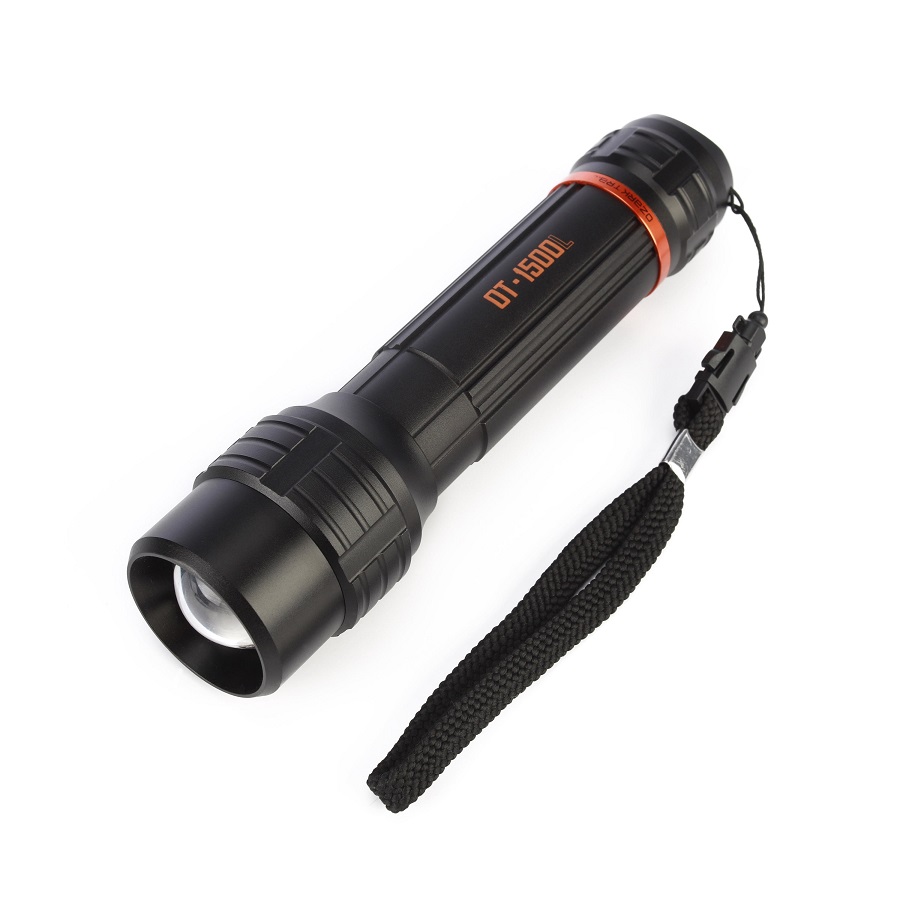
Portability: Size, Weight, and Features
Size and Weight
Portability is a significant factor, especially if you aim to carry your flashlight during outdoor activities or keep it in your pocket or car. Flashlights come in various sizes:
- Compact Models: Easily fit in a pocket or bag, often weighing less than 5 ounces. These are great for everyday carry (EDC) and minor tasks.
- Mid-Sized Flashlights: Balance power with portability, usually offering more features and brightness, ideal for camping or general household use.
- Large Tactical Models: More powerful and generally heavier, these are suited for serious outdoor adventures, search and rescue, or tactical applications, but may not be convenient for everyday carrying.
Additional Features
When evaluating flashlights, consider additional features that might enhance usability:
- Water Resistance Ratings: Look for a flashlight with at least an IPX4 rating for water resistance, especially if you plan on using it outdoors.
- Durability: Aluminum bodies or those rated to withstand a drop ensure your flashlight can endure rough use.
- Modes and Functions: Some flashlights offer various modes (e.g., strobe, SOS) that may be useful in emergencies or for signaling.
- Clip or Lanyard Options: Having a clip or a lanyard attachment can enhance portability by allowing you to easily secure your flashlight.
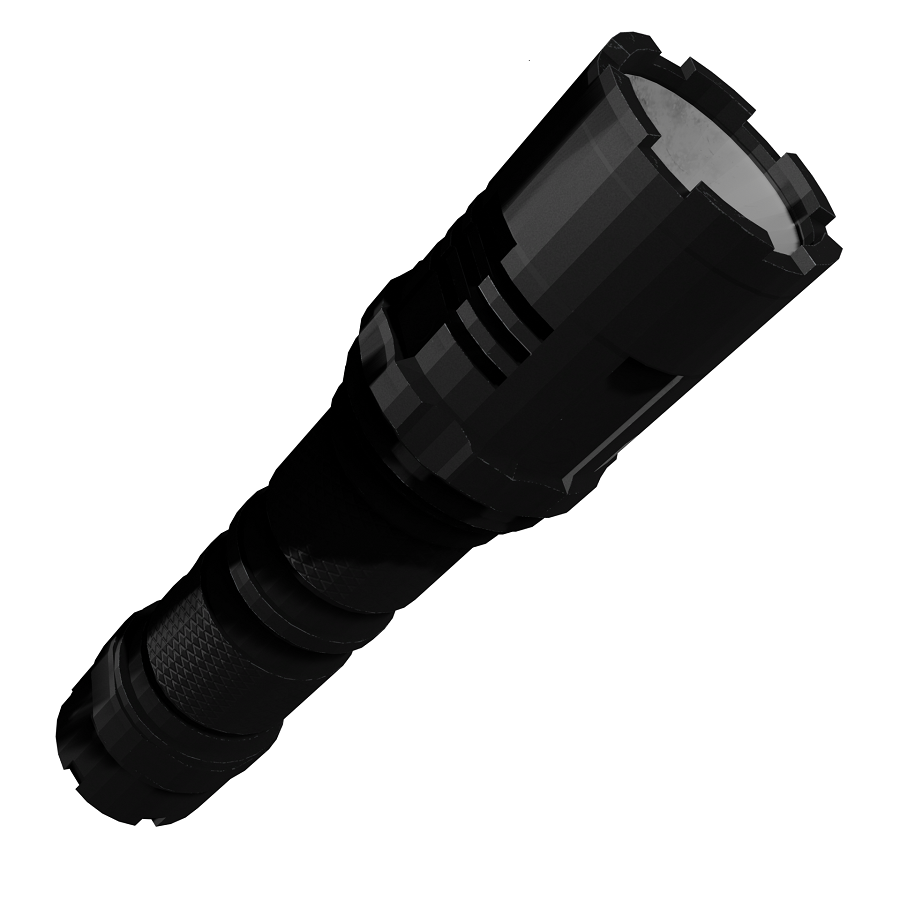
Conclusion
Choosing the right flashlight hinges on understanding your specific needs regarding brightness, battery life, and portability. By considering these factors thoughtfully, you can select a flashlight that will serve you well for years to come, providing reliable illumination during both routine tasks and unexpected emergencies. Whether you’re opting for a compact model for everyday carry or a high-lumen tactical flashlight for serious adventures, knowledge is key. Empower yourself with the right information, and you’ll ensure that your chosen flashlight becomes an invaluable tool in your life.
